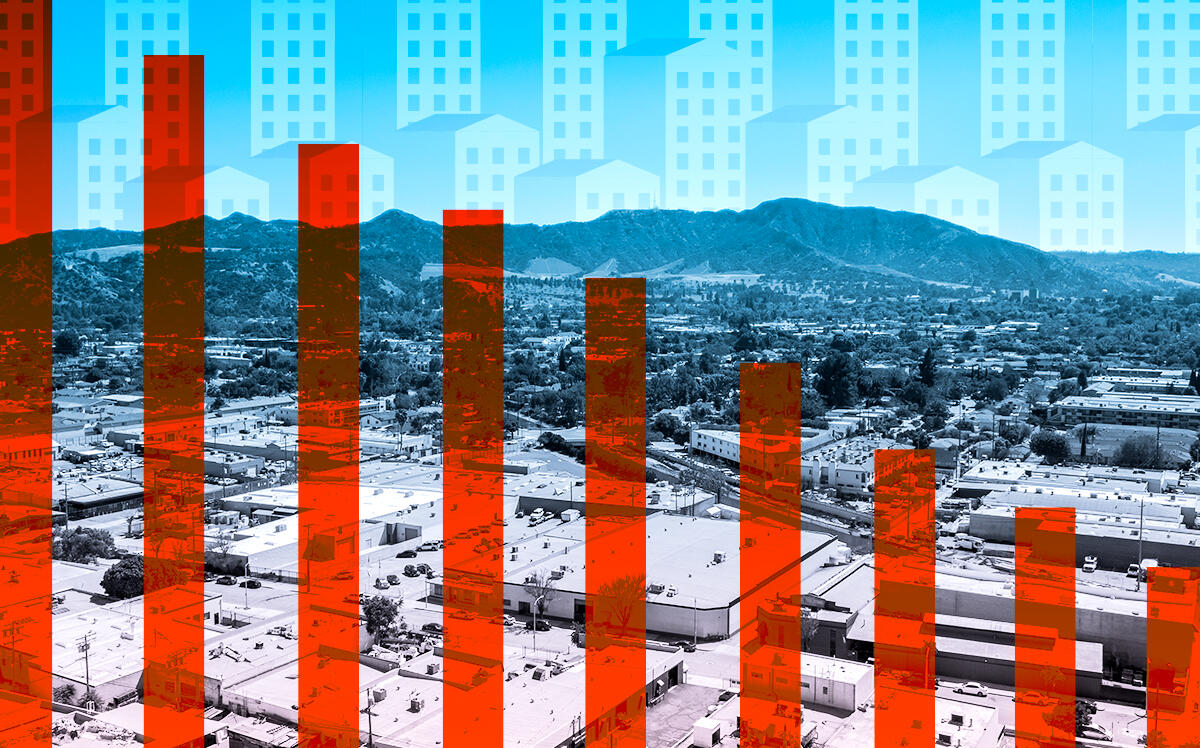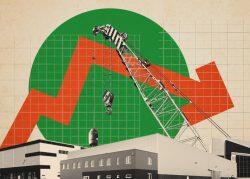 State bill would impose “buffer” on distribution developments
State bill would impose “buffer” on distribution developments
Trending
Industrial availability in the Inland Empire is virtually nonexistent
Asking rents up 12% since end of 2021 as vacancy rate tumbles to 0.6%

Pre-leasing has become the norm for industrial tenants in the Inland Empire, where vacancy rates for warehouse, manufacturing and distribution space are among the lowest in the country.
Around 0.6 percent of industrial space across the region was vacant in the first quarter, according to Newmark, down from 2.3 percent a year ago — indicating significant absorption over the last 12 months.
With little space to choose from, tenants are locking in deals for properties before they come to market. Nine of 16 leases signed in the first quarter for spaces larger than 100,000 square feet were pre-lease deals, Newmark reported.
Earlier this year, Home Depot pre-leased a 1.1 million-square-foot distribution hub in Ontario under development by Clarion Partners.
The tight market has pushed rents up to the highest rates the region has ever seen. Average monthly asking rents for industrial properties in the Inland Empire were $1.03 per square foot in the first quarter — a 12 percent increase from the previous quarter and a 41 percent jump from the same period in 2021.
Tenants are also paying more for modern warehouse space. Warehouses ranging from 100,000 to 500,000 square feet with minimum clearance heights of 30 feet are seeing average monthly contract rents of $1.23 per square foot — an 81 percent increase from the first quarter of 2021.
Industrial developers are noticing the surge in demand, which has largely been driven by 51 percent growth in e-commerce sales from 2019 to 2021, according to Newmark.
Around 33.3 million square feet of industrial real estate is under construction across the Inland Empire, which encompasses Riverside and San Bernardino counties. That’s nearly double the 19.9 million square feet in the first quarter of last year.
Developers are also moving further inland to “areas once deemed tertiary,” including Cherry Valley in Riverside County and Victorville in San Bernardino County, as more cities become hesitant to add industrial properties, according to the report.
In March, the city of Jurupa Valley rejected a proposal from L.A.-based Proficiency Rubidoux to build a 1.3 million-square-foot logistics warehouse, citing the health risks of increased truck traffic.
Rising lumber, steel, plywood and asphalt prices are also slowing construction timelines, Newmark said, making it difficult for developers to bring new properties to the market quickly.
Read more
 State bill would impose “buffer” on distribution developments
State bill would impose “buffer” on distribution developments
 Industrial spec development up, delivery down
Industrial spec development up, delivery down
 SoCal leads nation in industrial i-sales this year
SoCal leads nation in industrial i-sales this year




